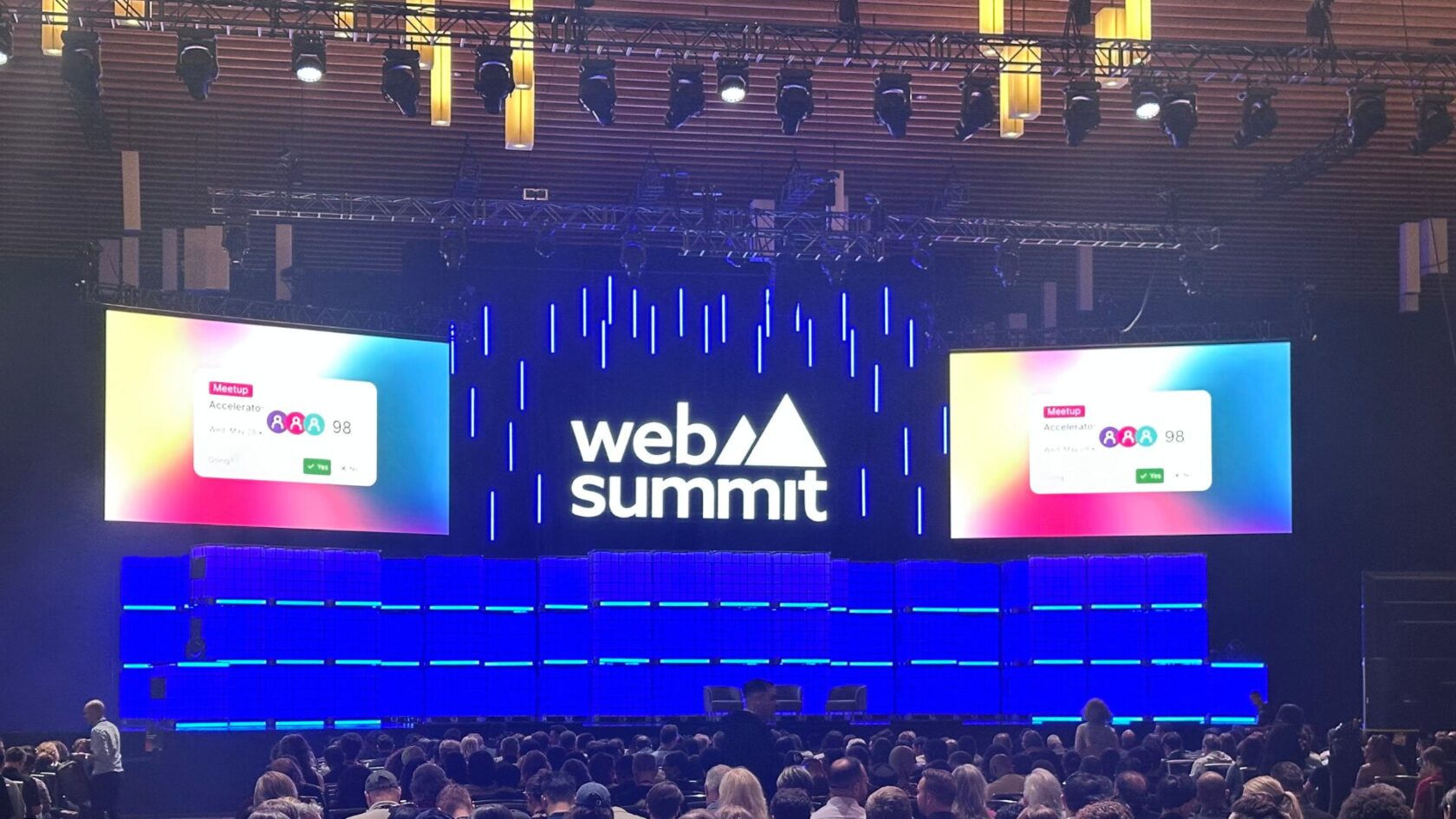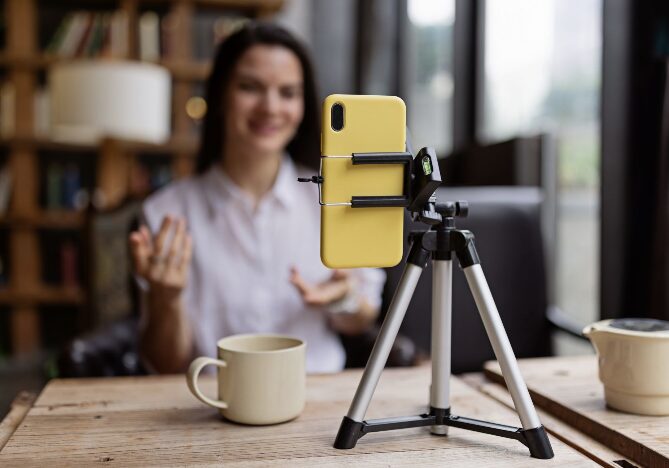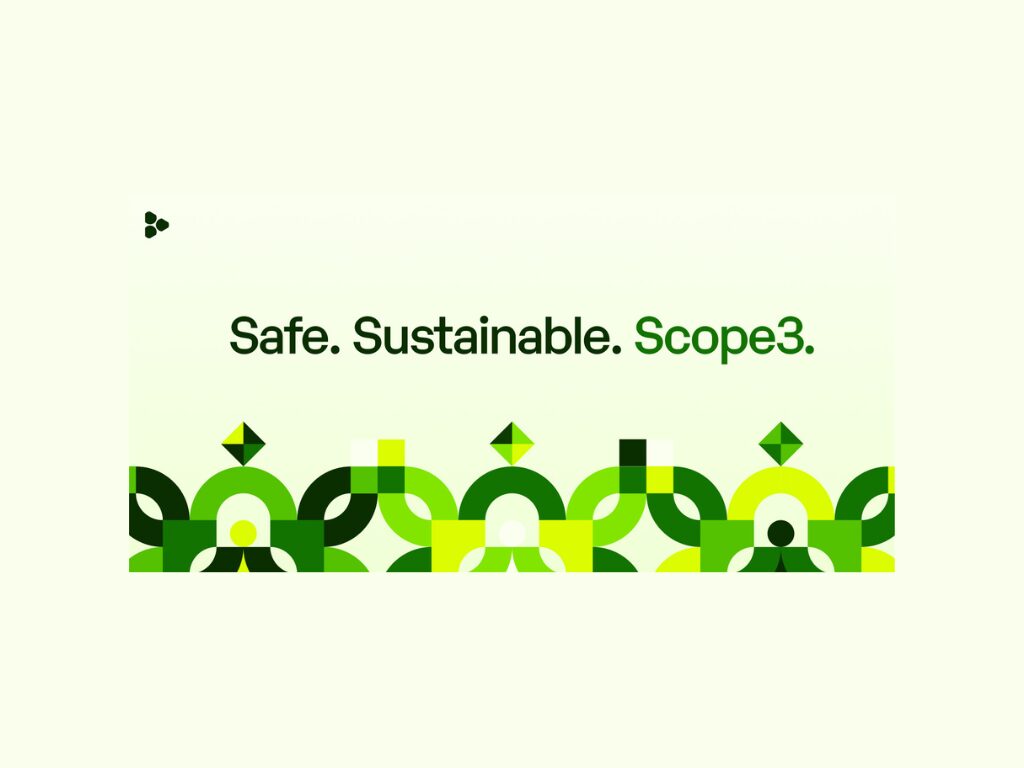
European Accessibility Act (EAA): Your Brand Must Get Accessible – Or Risk Falling Behind
Enda Gallen, Senior UX/UI Designer Time is running out. On 28 June 2025, the European Accessibility Act (EAA) becomes enforceable across the EU, bringing with it strict accessibility standards for...






























